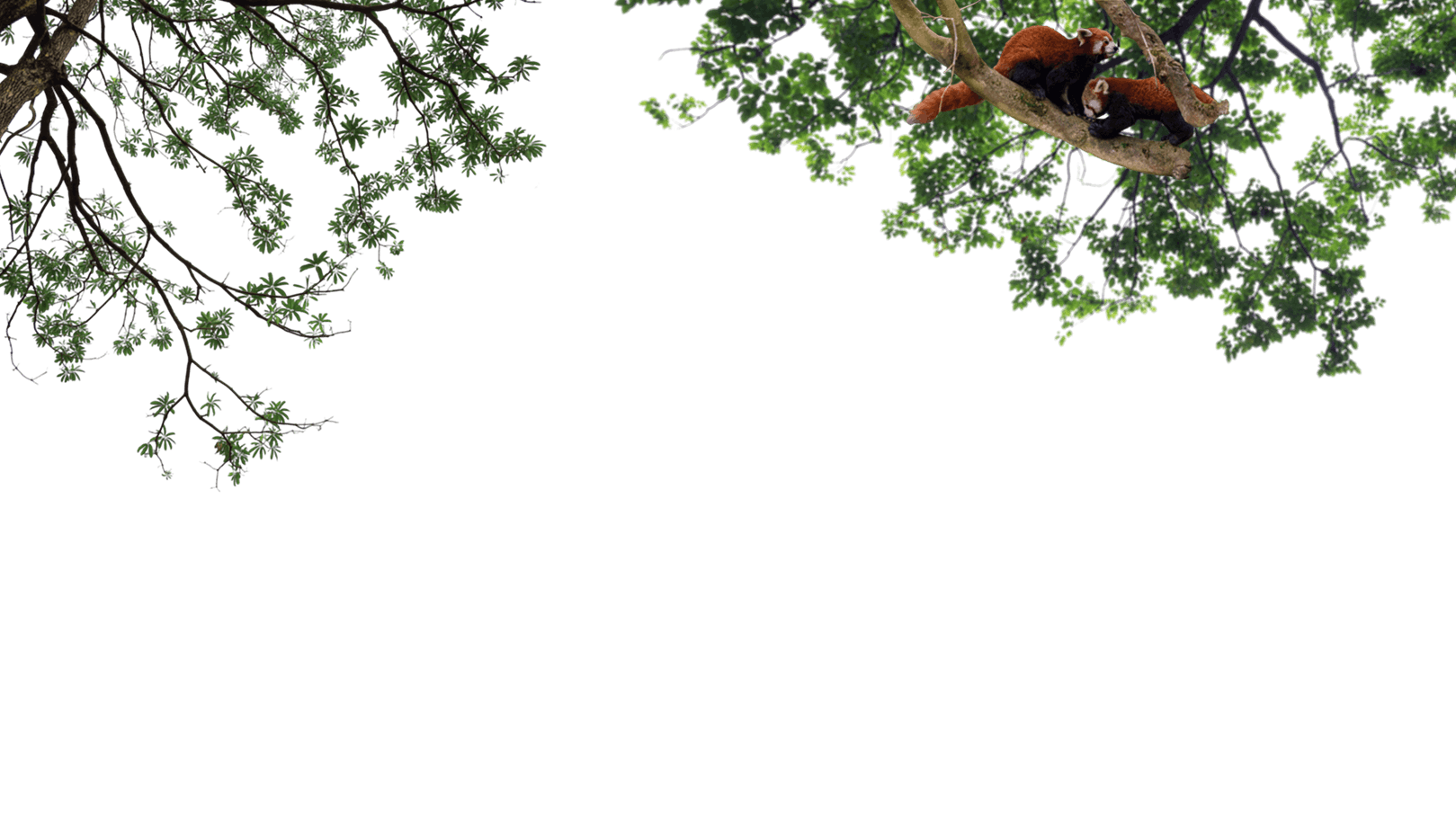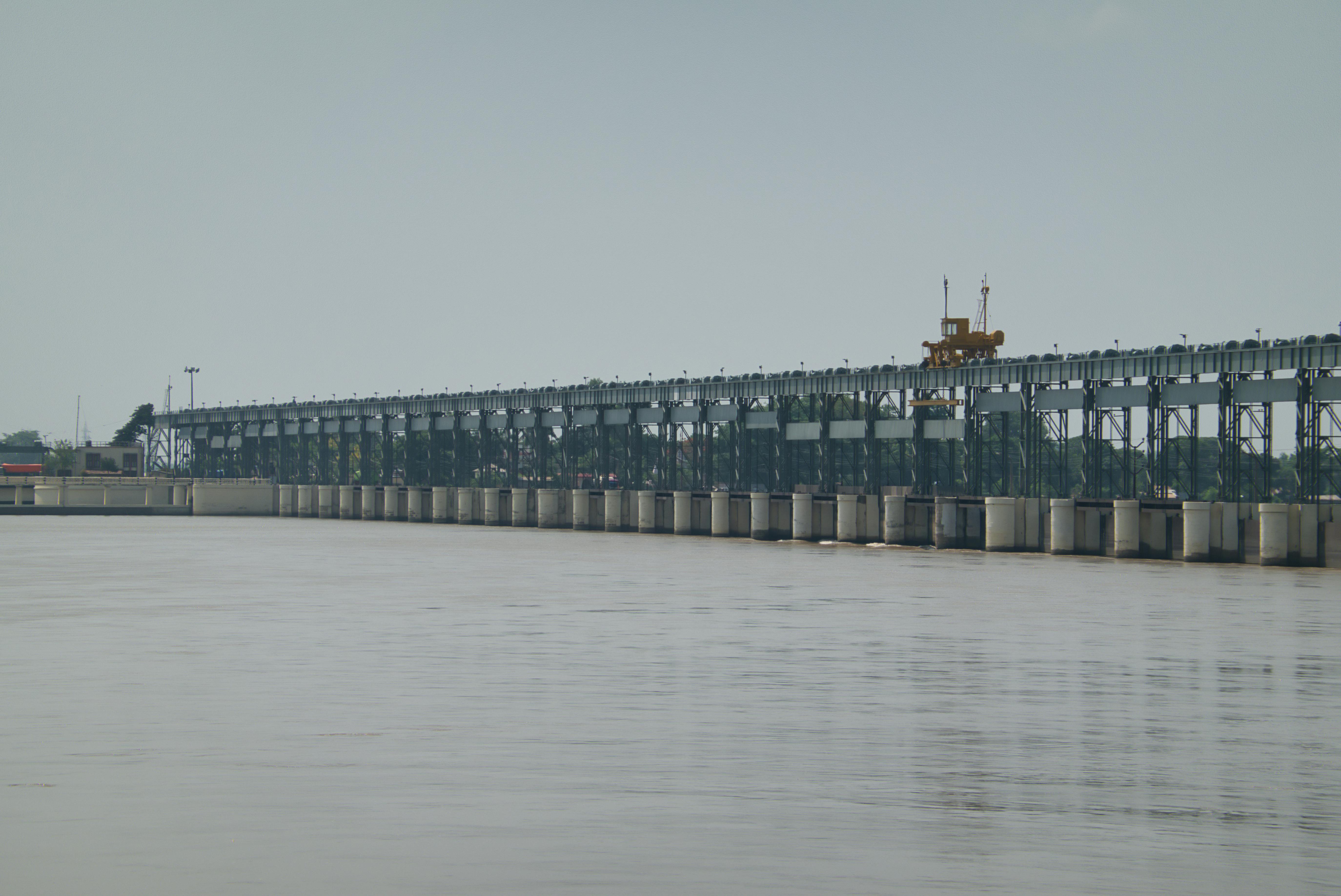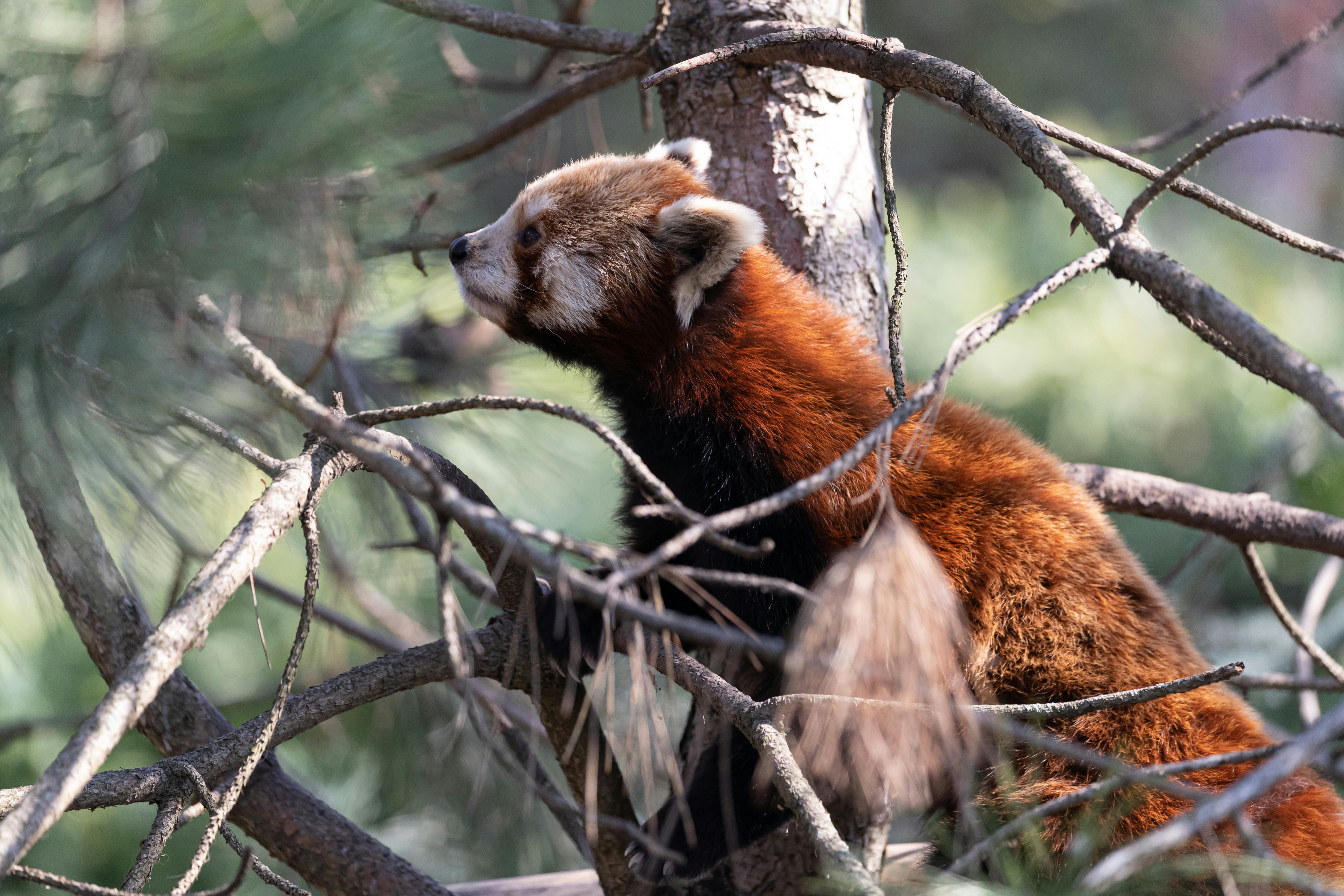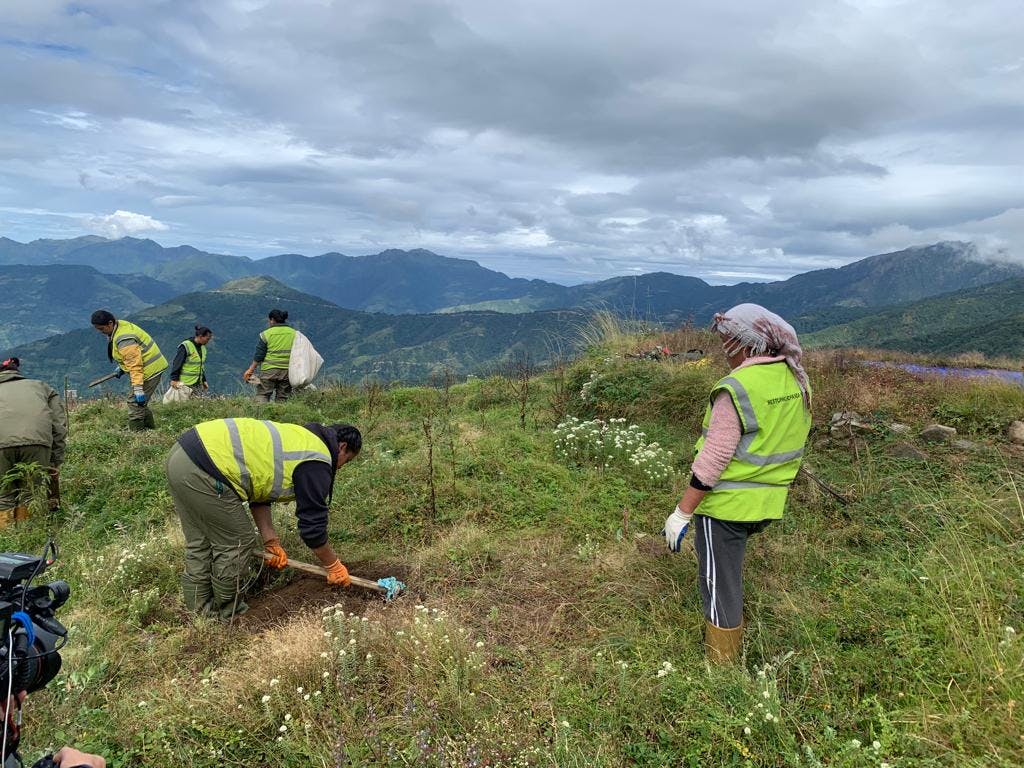Himalayan Peaks






The Himalayan mountain range is one of the most impressive ecosystems on Earth, hosting a vast diversity of plants and animals.

The Himalayan mountain range is one of the most impressive ecosystems on Earth, hosting a vast diversity of plants and animals. The high mountains, shrouded in snow, and the mystique of their inaccessibility create a unique atmosphere. At altitudes ranging from 2,000 to 3,500 meters, a wide variety of unique high-altitude species can be found. An example of such a species is the red panda.

However, this high-altitude region is under severe pressure due to population growth and the construction of hydroelectric power plants, leading to extensive deforestation. The red pandas are endangered because their habitat is becoming increasingly fragmented, and their food sources are dwindling. Global warming is causing the reduction of glaciers, which is most pronounced in high-altitude areas, resulting in less snow and diminished meltwater. The urgency of the situation is high.

Diergaarde Blijdorp serves as the GSMP Convenor for the red panda, overseeing the entire global population of red pandas in zoos. Additionally, we have strong connections with Red Panda Network and Darjeeling Zoo. In our coordinating role, we aim to bring together all relevant stakeholders dedicated to the protection of the red panda. Collaborating with Wageningen University & Research and the Vrije Universiteit of Amsterdam, we conduct extensive genetic research on red pandas in zoos and wild populations.

Our concrete objective is to create a larger and more forested habitat. Together with our community, we aim to purchase as much land as possible through Red Panda Network and subsequently plant as many trees as we can. This effort not only protects the habitat of the red panda but also benefits other animal and plant species living in the same area, including the Pallas's cat, ancient rhododendrons, and rare mountain flora like primulas.

